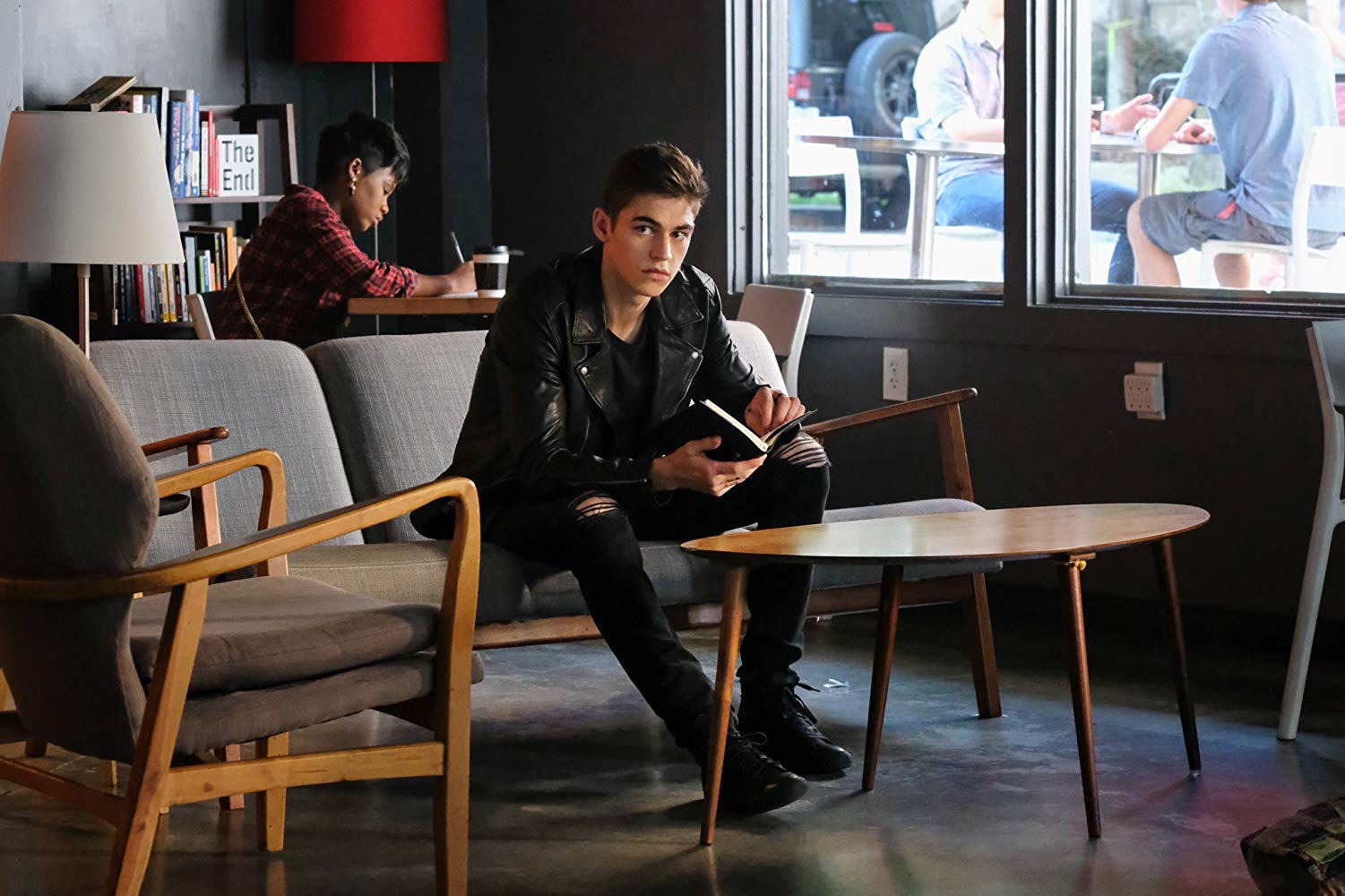Illustrative Examples: Review Movie After

Let’s dive into some specific scenes and performances to illustrate how impactful moments translate into effective film criticism. We’ll explore the visual storytelling, character arcs, and thematic resonance that make a movie truly memorable (or, let’s be honest, sometimes hilariously awful).
A Scene’s Visual and Emotional Impact
Consider the climax of “Mad Max: Fury Road.” The sheer visual spectacle—a relentless chase across a desolate wasteland, a ballet of vehicular destruction punctuated by vibrant, almost surreal color palettes—is breathtaking. A review could describe this not just as “a car chase,” but as a visually stunning, emotionally charged sequence that perfectly encapsulates the film’s themes of survival and rebellion. The dust clouds swirling like apocalyptic angels, the battered vehicles groaning under the strain, the sheer, unadulterated chaos—these are all elements that a good review would painstakingly dissect to convey the scene’s visceral impact. The reviewer might even compare the scene’s visual energy to a chaotic opera, emphasizing the artistry of the destruction.
Character Performance and Narrative Effect
Daniel Day-Lewis’s performance in “There Will Be Blood” is legendary. His portrayal of Daniel Plainview isn’t just acting; it’s a complete transformation. A review would highlight the subtle shifts in his demeanor, from ambitious oilman to a paranoid, almost monstrous figure consumed by greed. The way he uses silence, a barely perceptible twitch in his eye, or a chillingly controlled outburst—these aren’t just acting choices; they’re the building blocks of a complex character arc that drives the narrative and ultimately shapes the film’s bleak, cautionary tale. The review would articulate how this masterful performance elevates the film beyond a simple story of ambition to a chilling exploration of human nature.
A Moment Encapsulating the Central Theme, Review movie after
In “Moonlight,” the scene where Chiron, as a young boy, shares a tender moment with Juan on the beach perfectly embodies the film’s central theme of self-discovery and acceptance. The gentle waves lapping at their feet, the warm sunlight bathing them, the unspoken understanding between them—this isn’t just a quiet scene; it’s a visual poem about vulnerability and connection. A reviewer would analyze the soft lighting, the subtle body language, and the poignant silence to demonstrate how this single moment encapsulates the entire film’s exploration of identity and the search for belonging. This seemingly small scene becomes a pivotal moment, resonating far beyond its brief screen time, and a review would rightly emphasize its importance in understanding the film’s overall message.